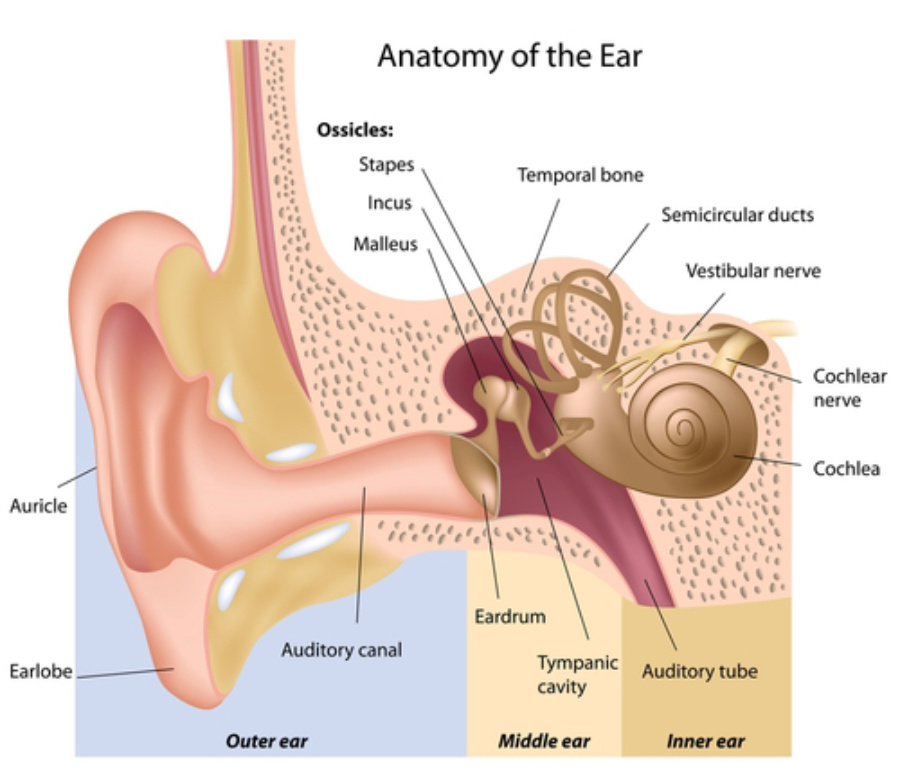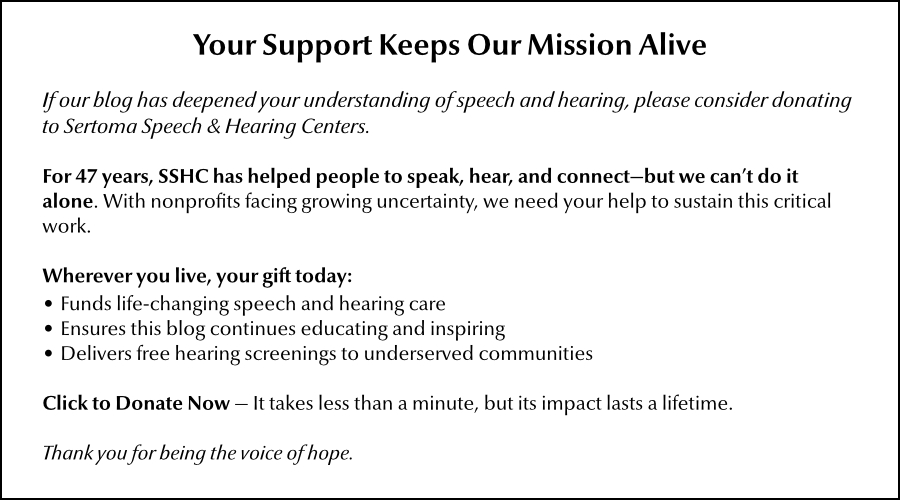Imagine a hidden problem quietly developing in your child's ear—fluid building up without you knowing. When that fluid hits the halfway mark in the middle ear, hearing can take a nosedive. Good news: Researchers have discovered a clear warning point that lets parents and doctors spot trouble early, all without a single painful test.
Context: Otitis media with effusion (OME) is a leading cause of conductive hearing loss, particularly in children. OME occurs when fluid accumulates in the middle ear, stiffening the eardrum and slowing the movement of the ossicular chain (the malleus, incus, and stapes) that transmits and amplifies sound vibrations from the eardrum. Existing tools (otoscopy, audiometry) detect fluid but not its severity.
Why it matters
Researchers uncovered a critical turning point for ear health: when fluid fills about half the middle ear, hearing starts to take a serious hit. At the 50% mark, sound transmission gets muddy, and hearing drops by around 9 decibels.
But here's the scary part: Each additional bit of fluid pushes hearing loss even further, potentially climbing to 46 decibels. Catching this early could be a game-changer, helping prevent the speech struggles that come with prolonged hearing difficulties in children.
The problem
While physicians and audiologists have tools—otoscopy, audiometry, wideband acoustic immittance (WAI)—they struggle to measure exactly how much fluid is inside the middle ear. That gap leaves families guessing when to act.

The study
The objective of the study was to link specific middle-ear fluid levels to measurable changes in sound transmission and energy absorbance (EA) rate using Wideband Acoustic Immittance (WAI).
How it works
A Chinese researchers created a digital twin of a healthy human ear and conducted six simulations: 25%, 50%, 64%, 75%, 82%, and 100% fluid fill.
They tracked two key factors: how well sound vibrations propagated through the middle ear and how much energy the ear absorbed.
Notable: The sharpest damage hits around 2,000 Hz—the frequency band critical for understanding speech.
By the numbers:
-
25 % fill → 1–3 dB loss, barely noticeable
-
50 % fill → ~9 dB loss, energy absorption drops to ~20 %
-
64–82 % → 16–30 dB loss, absorption falls to 5–10 %
-
100 % fill → 46.47 dB loss, almost total sound reflection
“Our simulations show that the middle ear can cope surprisingly well until fluid fills about half its volume. Beyond that point, the system’s ability to transmit sound collapses. This is not just an academic insight—it’s a clinical marker. If we can identify patients crossing this threshold through non-invasive EA testing, we can intervene before hearing loss becomes severe. For children, especially, this could mean protecting language development and school performance.” —Wen Liu, lead author.
The takeaway
A simple, non-invasive EA test can identify patients whose energy-absorption curve flattens below 20%. Those kids can be watched or sent for drainage before language development stalls.
The bottom line
Half-full is the danger line, the time for doctors to step in to monitor, treat, or adjust hearing aids to help kids hear clearly.
Worried about your child's hearing?
We're here to listen and help. Schedule a compassionate, no-pressure consultation today.
★ Call 708-599-9500 to schedule your free screening.
★ For facts about hearing loss and hearing aid options, grab your copy of The Hearing Loss Guide.
★ Sign up for our newsletter for the latest on Hearing aids, dementia triggered by hearing loss, pediatric speech and hearing, speech-language therapies, Parkinson's Voice therapies, and occupational-hearing conservation. We publish our newsletter eight times a year.
Don't let untreated hearing loss spoil your enjoyment of life.


